Tip Sheets
How do I install buffalo grass? What's the big deal about soil inoculants and micro nutrients? Can I improve my lawn organically? We've created an assortment of tip sheets to help you have a better landscape . . . naturally!
 |
Tip Sheet: Air Pruning Method Helps Critsite Develop Superior PlantsAir pruned plants don't just survive, they thrive. |
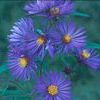 |
Tip Sheet for Creating a Rain GardenCritsite is an official supplier of native plants for Kansas City's "10,000 Rain Gardens" project. Rain Gardens are a hot topic among avid gardeners. But what is a rain garden? Rain gardens are just another way of describing the long-used concept of a bioremediation swale, an area designed, excavated and planted to wildflowers and other native vegetation that soak up rain water, mainly from the roof of a house or other building. A properly constructed and planted rain garden fills with a few inches of water after a rain and then, because of its ability to hold the water, will slowly filter the water into the ground rather than allow it to run off to a storm drain. Compared to a conventional patch of turf, a rain garden allows about 30% more water to soak into the ground. |
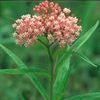 |
Tip Sheet for Creating a Wet MeadowIt's possible to create a wet meadow successfully with the right preparation and materials. |
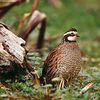 |
Tip Sheet for Creating Quail HabitatQuail need special habitat. In fact, biologists have found that "bobwhites" need both a certain configuration of plant material and a certain amount of area to survive and thrive. For best results, a managed area of approximately 40 acres with plants that offer the right food, cover and nesting area can bring the quail's call back to your land. |
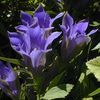 |
Tip Sheet for Establishing a Native Garden with PlantsFor the best results, eliminate all grass and weeds before planting. The best way to do this is by killing the existing vegetation with a non-selective herbicide such as glyphosate. At least two herbicide applications are usually required to eliminate existing vegetation. If more weeds germinate after the second application, spray again on a warm sunny day 10 days prior to planting. |
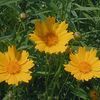 |
Tip Sheet for Maintaining Established Native GardensOnce natives are established, they require minimal maintenance. These resilient natives return each growing season as they have for tens of thousands of years. However, depending on how you want your plants to look you might want to use a few of the grooming techniques described here. |
 |
Tip Sheet for Native Prairie Establishment from SeedAll native seed mixes establish best if planted on areas that have no green vegetation at time of seeding. You can cover a small area with black plastic for about two months between late fall and spring to kill existing vegetation without the use of chemical herbicides, but plants that do not actively grow at this time may not be killed. Herbiciding with glyphosate gives more dependable results, especially if two applications are used. The area should have four to six inches of active growth so spring and fall are best. |
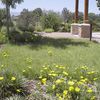 |
Tip Sheet for Buffalo Grass Lawn EstablishmentNative to the Midwest, rugged buffalo grass (Buchloe dactyloides) evolved on sunny prairies and requires at least six to eight hours of direct light per day to succeed in a turf setting. It is a low-growing "warm-season" grass, which means it will be green in the summer and tawny beige in winter and early spring. |
